Zermatt is a well-known Swiss ski resort. It is at 1,608 metres, (Ben Nevis is 1,345m) and faces the magnificent Matterhorn, a triangular rock pyramid that stretches up to 4,478 metres.
Zermatt crowds into a narrow crack in the Alps, so all the houses are higgledy-piggledy crammed in.
Being so high (and you certainly feel it if you walk fast, you soon feel breathless) it has extremes of temperatures, from -20C to +30C!
Zermatt is car-free, everything and everyone comes by train or by foot. At Täsch, down the valley, is a massive car park with shuttle trains every 10 minutes up into Zermatt.
The main street, Bahnhofstrasse, is always busy with small boxy electric vehicles, which are taxis, hotel cars and delivery vehicles.
Even though there is no heavy goods vehicle traffic, the road surface has a hard life, which is why the canny Swiss, in June 2019, relaid the streets with tar which had an added special ingredient – Scottish waste plastic turned into clever granules.
This has been invented by MacRebur of Lockerbie. It is a brilliant idea: specially coated granules of recycled plastic are mixed in the tar. The result is a road surface that has more “give” to it, so far fewer potholes, and it can flex a little to cope with the extremes of the climate in Zermatt.
So far the results are good, as they have been in many other applications worldwide.
Zermatt is very popular all year round. And justifiably so. The experience starts when you cross from the main railway line at Visp to the very smart metre gauge train that takes you forever upwards.
On the way you pass a small white bridge built by the Romans, and peer doubtfully down into bottomless chasms as the railway clings to ledges with high peaks always on each side.
At one point, near Randa, the railway swings from the right to the left side of the valley to avoid an area where there was a massive landslide in 1991. Rocks the size of houses stick out from the huge cone of rocks.
When you finally roll into the modern station at Zermatt you feel that you have reached as far as you can go upwards. But this is not the case. All around you are even more high peaks. This is what gives Zermatt an all year round appeal.
For a start, there is guaranteed snow, so always somewhere to ski or toboggan or helicopter ski. Then across the road from the railway station is another one – the train for the Gornergratt. This continues upwards, past the Riffelalp resort at 2,222 metres, that has its own electric tram which connects with you with its railway station.
The Gornergratt terminus has a restaurant, and a hotel – at 3,089 metres.
Unbelievably, you can still climb up (if you are younger and fitter than I am) higher to the Dufourspitze at 4,634 metres. You can also take a cable car up to the Rothorn at 3,103 metres, and from the other end of Zermatt take cable cars up to the Matterhorn Glacier Paradise at 3,883 metres. This is a wonderful place to visit and will be enjoyed by all the family.
Zermatt itself is well worth a visit. Yes, it is heavily commercialised, with supermarkets and hotels, but they all blend in with the historic old buildings.
Here and there you will come across blackened wood huts. These are old food store rooms. They are sitting on stone mushroom-shaped supports at each corner. These large mushrooms make it impossible for rats or mice to get in to the grain stores.
Small paths wiggle between hotels and houses, constantly giving glimpses of the massive peak of the Matterhorn, usually with a stream of cloud that is created on its summit.
It was first climbed in July 1865 by an Englishman, Edward Whymper. He and his team stayed in the Monte Rosa Hotel, which was opened in 1853 and is still there.
Inside you can learn all about the climb, where four of the seven men mysteriously died. He wanted to conquer this last unclimbed mountain of the Alps before the Italians did. The other side of these alps is Italy.
I stayed in another superb vintage hotel, the Walliserhof, built in 1896. Typically, it has a black wooden narrow frontage on Bahnhofstrasse, very unassuming, but inside it goes back and back.
It has been extensively modernised, with everything that you could ask for in the bedrooms, and all sparklingly clean and tidy and everything works.
The dining room serves superb Swiss dishes like Alpler magronen and rösti.
Yes, Zermatt has it all, including Scottish waste plastic!
Travel facts
Switzerland has world-class public transport. A Swiss Travel Pass covers trains, buses, boats, cable cars, etc. For more information on this and all things Swiss, see www.SwitzerlandTravelCentre.com
For information on Zermatt, see www.zermatt.ch
For details of the small family-owned hotel Walliserhof, see www.walliserhof-zermatt.ch
If you would like to know more about the Scottish road surface company, see www.macrebur.com
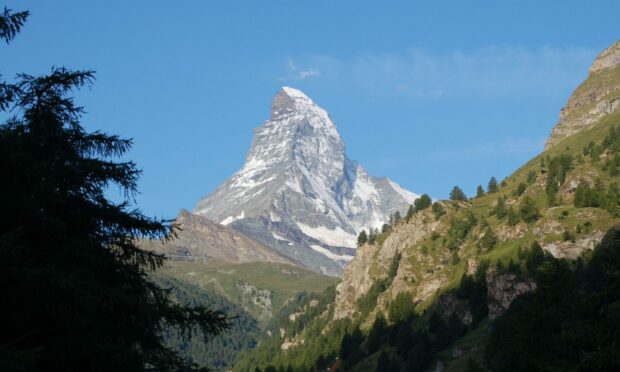
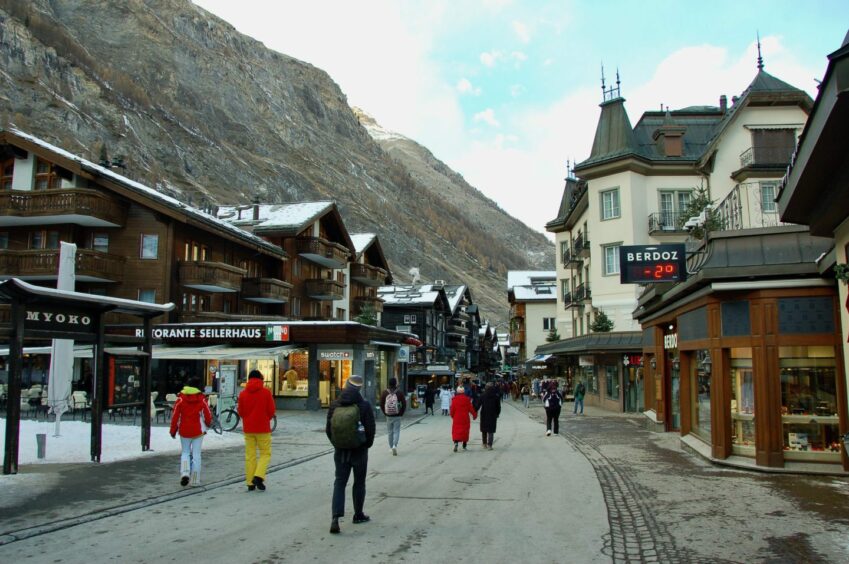
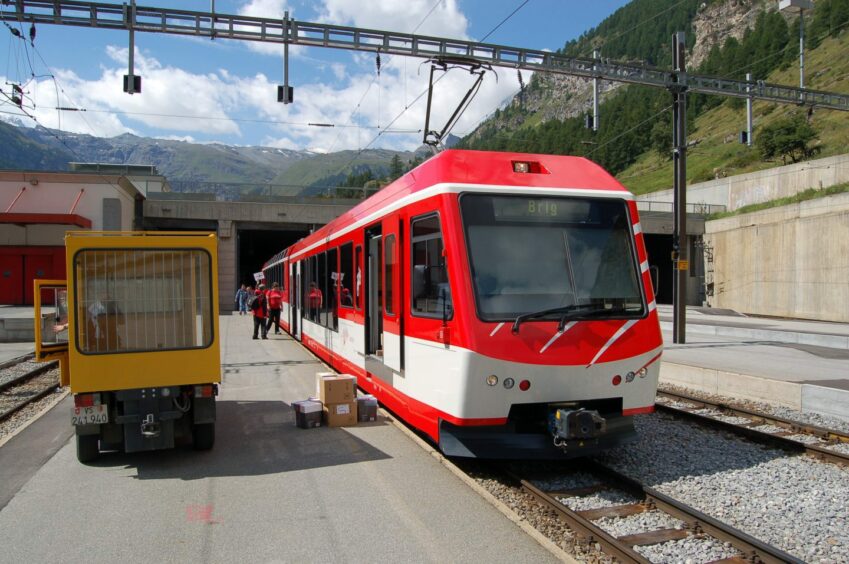
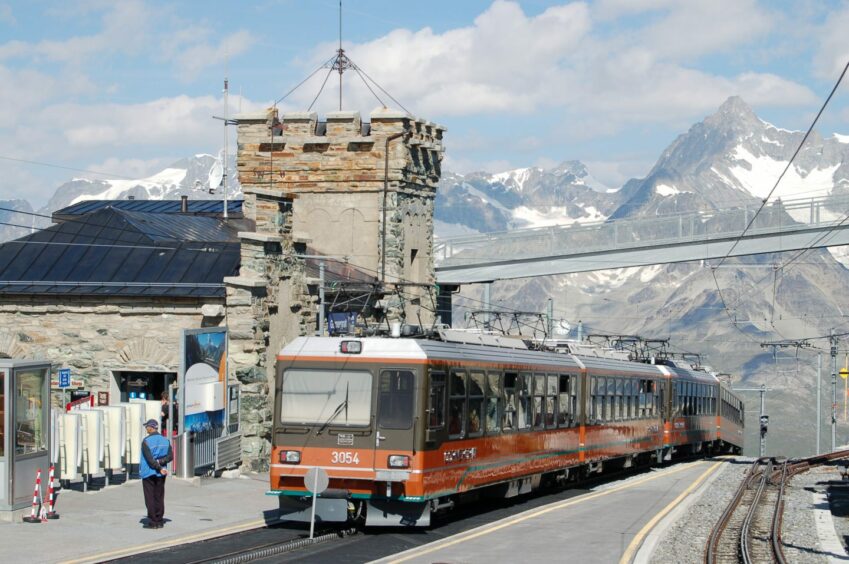
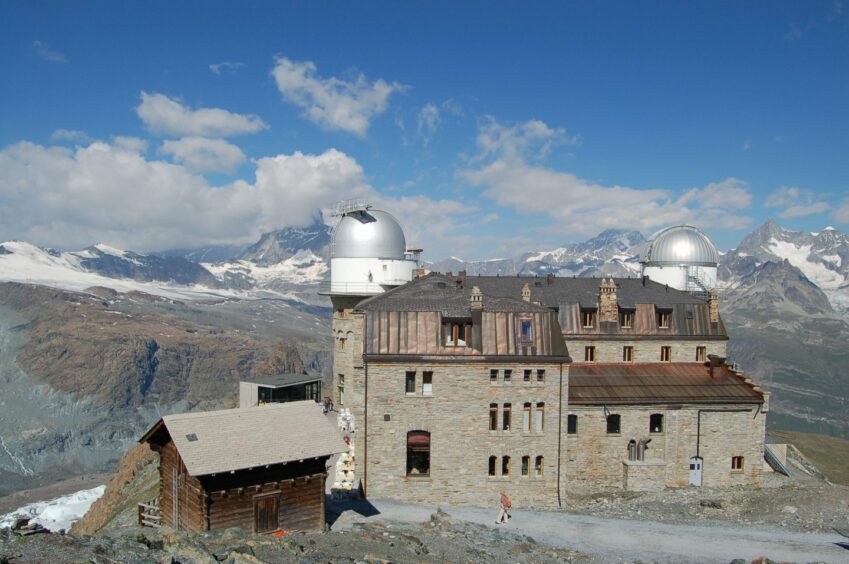
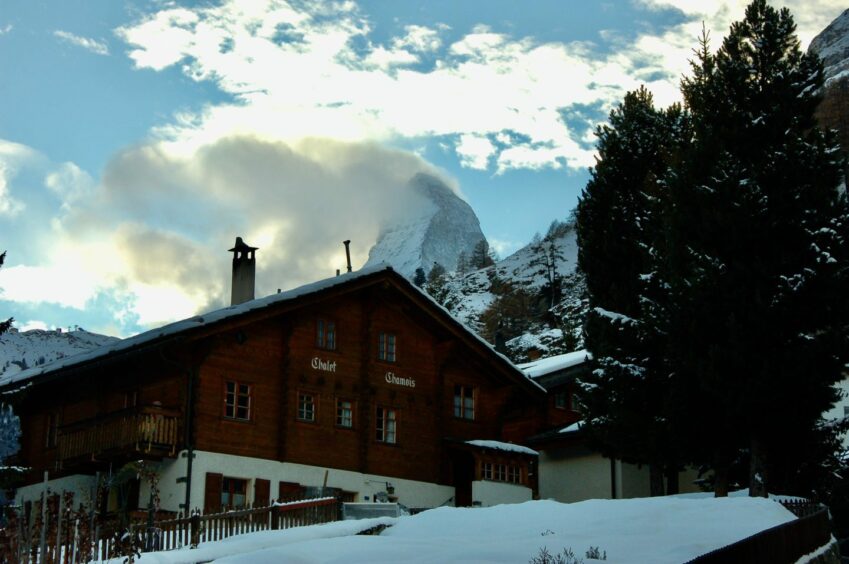
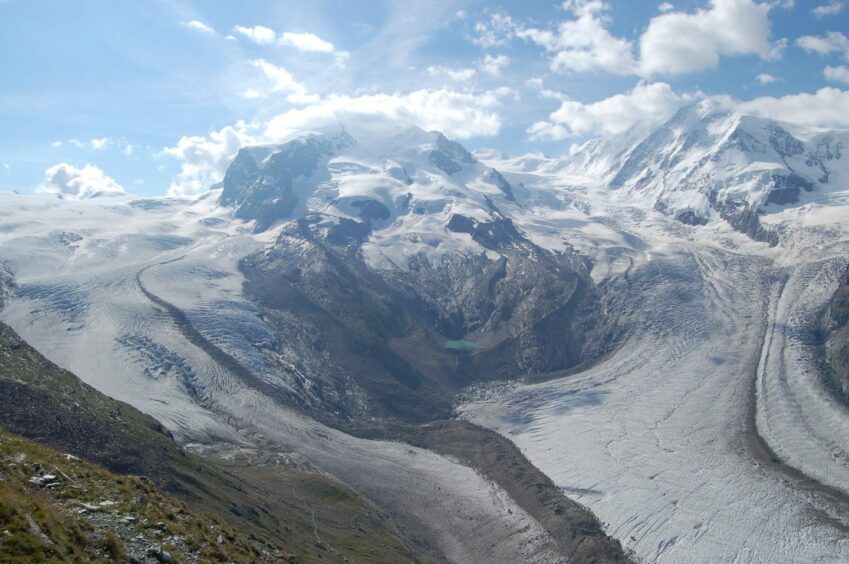
Conversation